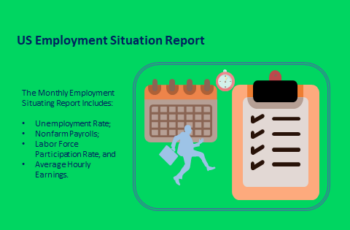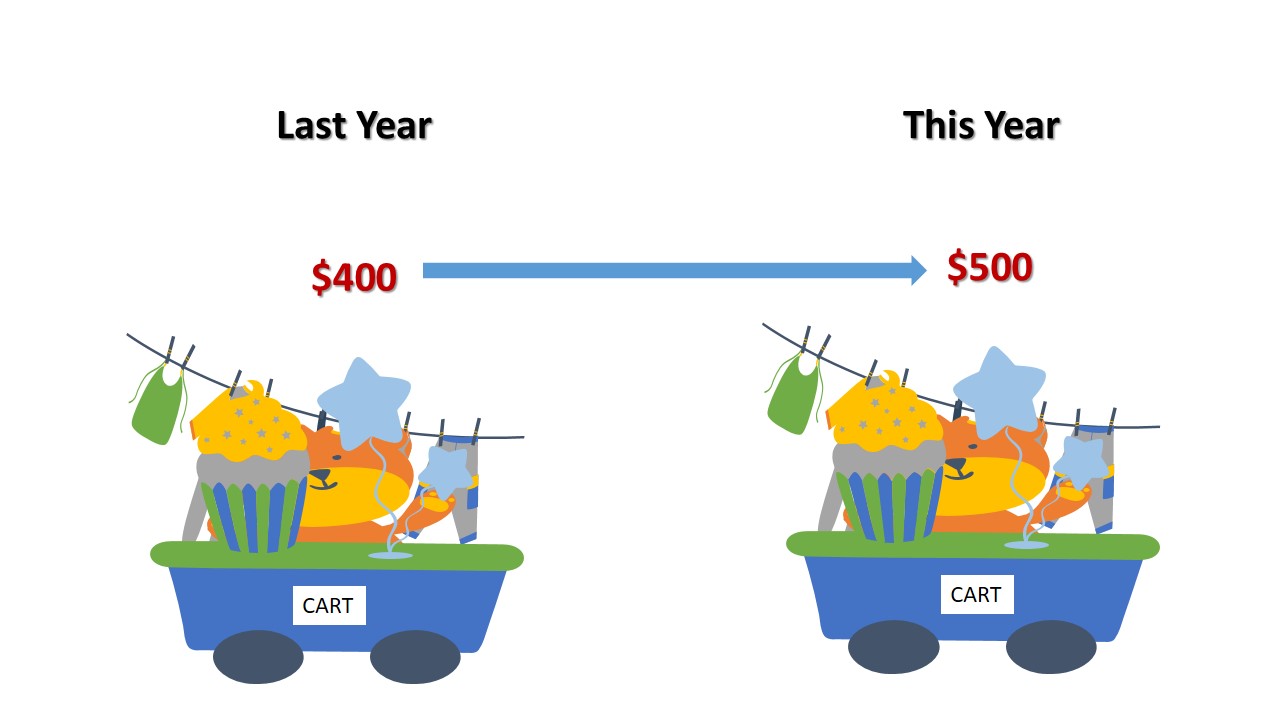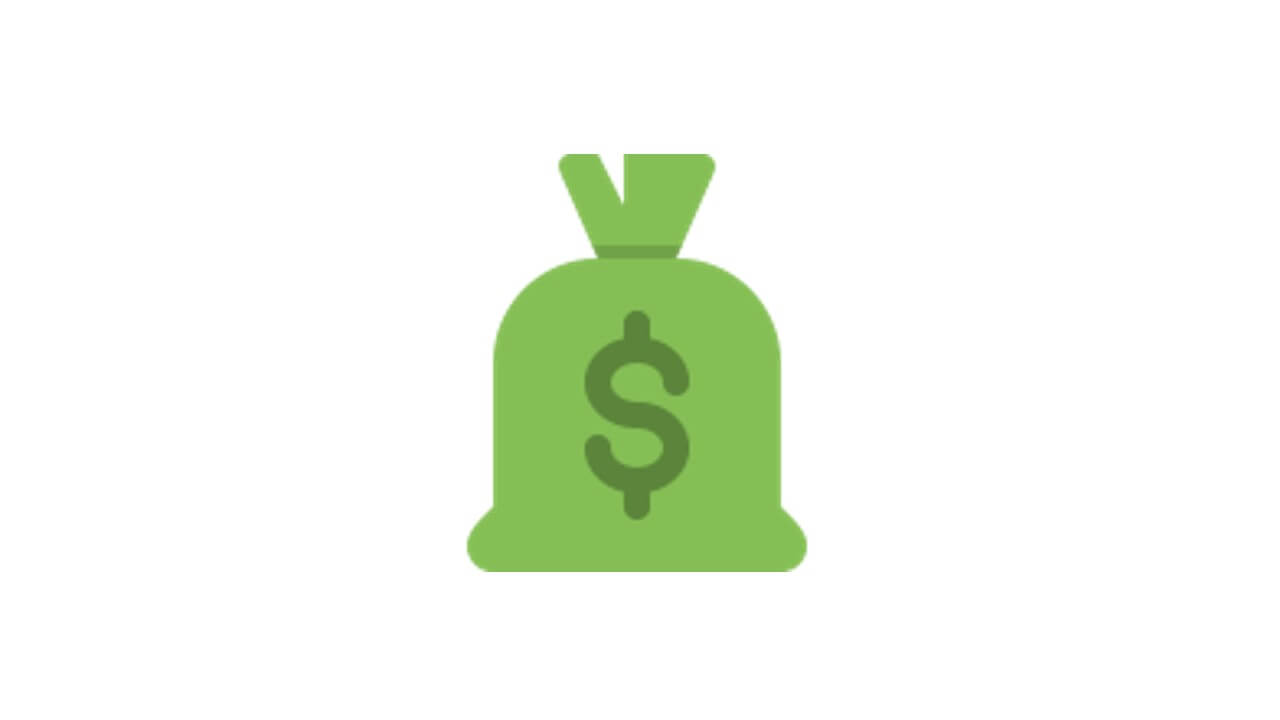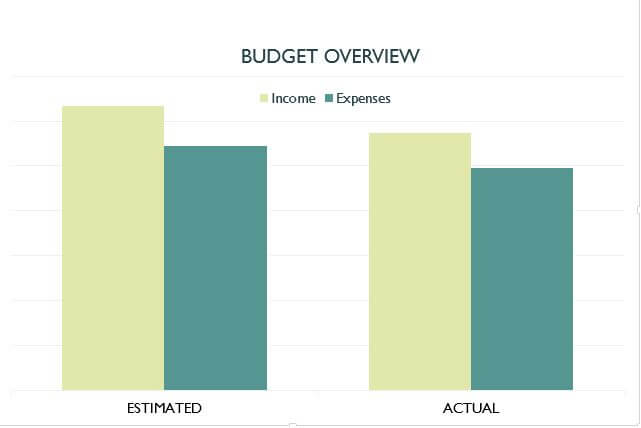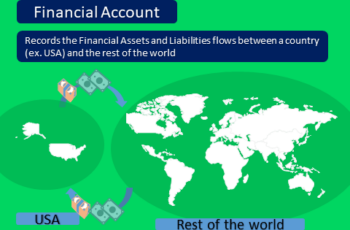PMI stands for Purchasing Managers’ Index. It is an index representing the current direction of the manufacturing and service sectors’ economy.
In other words, the Purchasing Managers’ Index is a leading economic indicator that reflects purchasing managers’ point of view. It is derived monthly by surveying purchasing executives of private sector companies.
Purchasing Managers’ Index aims to provide information regarding the current and future economic conditions to decision-makers, such as traders/investors, chief executives, financial analysts, and the government.
Due to its important insight into a sector, this indicator is produced all around the world by different organizations.
Read more: What Is an Index? Stocks, Currencies & Commodity Indexes
How the PMI Is Surveyed?
Every month a Purchasing Managers’ Index surveyor sends a questionnaire to the senior executives of over 350 companies (depending on the surveyor it varies) under primary industries.
The Purchasing Managers’ Index survey questions vary from one surveyor to another. Moreover, the economic structure of a country also plays a role in the questions in the questionnaire.
However, mostly, the Purchasing Manager’s Index survey questions are asked about sub-indexes such as new orders, inventory levels, purchase, purchase prices, employment, supplier deliveries, delivery time, production, business activities expectations, etc.
The surveys include questions about business conditions. And the answers are improvement, no change, and deterioration.
How the PMI Index Is Calculated?
To calculate the PMI, we need to complete two steps.
The first step is to calculate the PMI of each sub-indices such as new orders, employment…
The Purchsing manager index formula: PMI = (PI*1) + (PN*0.5) + (PD*0)
In the above formula:
- PI – is the percentage of improvement
- PN – is the percentage of no change
- PD – is the percentage of deterioration
The second step is to calculate the weighted average of sub-indices (components). And the weight of each sub-index depends on its contrition to the Gross Domestic Product.
In a weighted average formula, the size of the contribution of each variable in percentage terms is considered.
For example, here is the weighted average formula if there are three variables:
WA(PMI) = [A(X) + B(Y) + C(Z)]/3
In the above formula, the WA is the weighted average, and A, B, and C are the weights of variables (X, Y, and Z).
In the calculation of the PMI, variables are new orders, employment…
Example of Purchasing Managers’ Index Calculation
Providing a simple example is a better way to understand than a complicated one.
So, in this article, I provide you with the simplest possible example.
Here are our assumptions:
- There are three variables: New order, Production, and Employment;
- 50% of responders selected “improvement,” 50% “deterioration,” and none chose “no change” in answer to every variable; and
- The weight of each variable is equal, which is 33.333%.
Solution:
First, let us calculate the PMI of each sub-indice.
So,
- PMI (New Order) = 0.5*1 + 0*0.5 + 0.5*0 = 0.5
- PMI (Employment) = 0.5*1 + 0*0.5 + 0.5*0 = 0.5
- PMI (Production) = 0.5*1 + 0*0.5 + 0.5*0 = 0.5
And here is the weighted average.
WA (PMIs) = [0.5(0.333) + 0.5(0.333) + 0.5(0.333)]/3 = 0.5
As a result, the PMI of this month is 0.5
Understanding Purchasing Managers’ Index (PMI)
The following image describes the meaning of the Purchasing Managers’ Index.
The Purchasing Managers’ Index number fluctuates around 50 (or 0.5)
- The 0.5 indicates that the economy is in a standstill situation. It means that the economy is doing the same as the previous month.
- Above 0.5 represents expansion. It means that the economy is doing better than the previous month.
- Below 0.5 indicates contraction. It means that the economy is performing worse than the previous month.
Based on the [(PMI = (PI*1) + (PN*0.5) + (PD*0)]:
- if the PMI number is 100 (or 1), the economy is doing extremely well and every responder in the survey has responded this month to be better than the previous.
- If the PMI number is reported as 0, it means that the economy is in its worst condition. And every business is in a worse condition than the previous month.
Notice that if the above 0.5 the economy is expanding (below 0.5 contracting) irrespective of what it was doing in the previous month.
For example, if the Purchasing Managers’ Index reading in the previous month was 0.48 and this month it is 0.49, the economy is still contracting. However, this month contracting less than the previous month.
Frequently Asked Questions
The easiest way to read a Purchasing Managers’ Index is to use an economic indicator.
On Srading.com we have economic indicators from Dukascopy Bank and MQL5. The first will appear if you open it on a desktop, and the second on mobile devices.
The S&P 500 Global and the Institute of Supply Management (ISM) are two prominent PMI publishers in the world.
Global PMI data is derived from surveying companies in manufacturing and services sectors in over 40 countries by the S&P 500 amounting to about 30,000 companies.
Regional PMI data is derived from surveying regional private companies indicating the economic health of a specific state or region.

